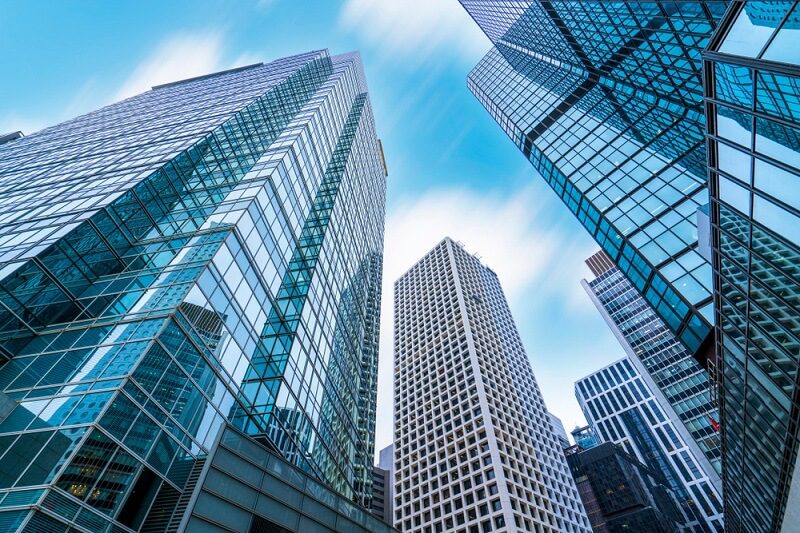Maximizing energy efficiency in commercial buildings: Tips and tricks
It is essential to maximize energy efficiency in commercial buildings to reduce operating expenses and minimize environmental impact. Here are some strategies and tricks to increase your energy efficiency:
Start an energy audit by analysing your building’s energy consumption patterns and identifying areas for improvement. An energy audit can disclose opportunities for lowering energy consumption and maximizing efficiency.
Upgrading lighting systems: Replace obsolete incandescent bulbs with energy-efficient alternatives such as LED lights to improve illumination systems. Utilize occupancy sensors or timers to turn on lights only when necessary.
HVAC (heating, ventilation, and air conditioning) systems should be optimized: Maintain and sanitize HVAC equipment, including air filters, coils, and ducts, on a regular basis. Upgrade to energy-efficient appliances and install programmable thermostats to regulate temperatures according to occupancy schedules.
Enhance insulation: Insulate walls, ceilings, and windows to reduce the burden on your HVAC system and prevent heat transfer. Use weatherstripping and caulking to seal air-leaking gaps and fissures.
Implement smart controls: Utilize sophisticated building automation systems to monitor and regulate energy consumption. Intelligent controls can optimize illumination, HVAC, and other systems according to occupancy, time of day, and weather.
Utilize natural light: Design spaces with large windows and skylights to maximize daylight. Utilize light-coloured paint and reflective materials to maximize the distribution of natural light.
Upgrade appliances and equipment: Replace inefficient, outdated appliances with Energy Star-rated models. This consists of refrigerators, computers, printers, and additional office apparatus.
Educate and engage building occupants: Raise building occupants’ awareness of energy-saving practices. Encourage employees to turn off lights, disconnect devices, and use energy-saving settings when not in use.
Implement energy management systems: Utilize software for energy monitoring to track energy consumption patterns and identify improvement opportunities. Establish energy reduction objectives and regularly evaluate progress.
Invest in renewable energy: Consider installing solar panels or wind turbines to generate pure, on-site energy as an investment in renewable energy. Consider purchasing renewable energy from off-site sources via power purchase agreements.
Optimize water usage: Install water-saving fixtures, such as restrooms, faucets, and urinals with low-flow rates. Fix any breaches immediately to reduce water waste.
Incorporate green building design principles: Follow green building design practices when constructing a new building or carrying out a significant renovation. This includes the optimization of site selection, the use of sustainable materials, and the implementation of energy-efficient systems from the outset.
Promote sustainable transportation: Encourage employees to take public transportation, carpool, or bike to work to promote sustainable transportation. Provide amenities such as bike docks and electric vehicle charging stations to encourage eco-friendly modes of transportation.
Monitor and maintain: Regularly monitor and analyze energy data to detect deviations from expected energy performance. Establish a maintenance schedule to assure the optimal operation of all energy systems.
Keep in mind that maximizing energy efficiency is a continuous process. Continuously assess and enhance the performance of your building to achieve long-term energy savings and environmental benefits.
Disclaimer: This content is provided solely for your review. Erusu Consultants takes no liability for this article. The reader is advised to form their own opinion. Please consult a structural engineer before making any final decisions.






